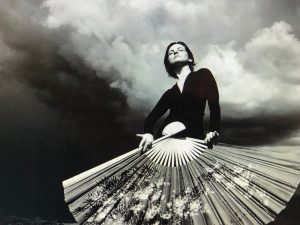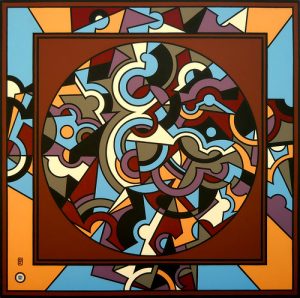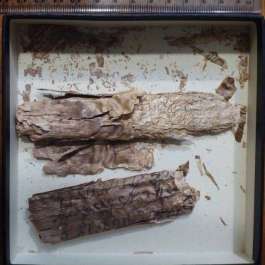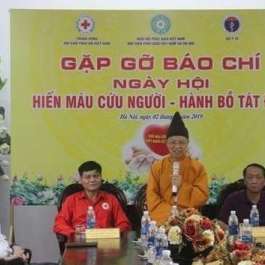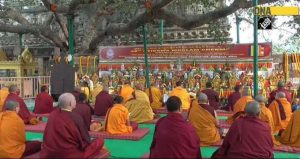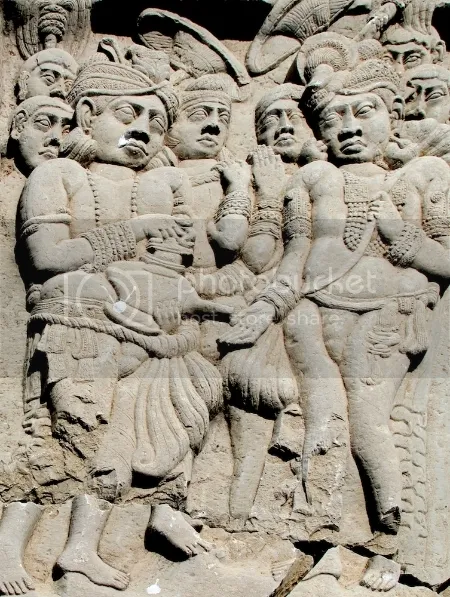
Kanaganahalli, Karnataka, limestone, c. 1st century. (Fig. CXII.a.)
Photo from Osmund Bopearachchi
Our vision of early Buddhist art in India expanded exponentially when, in 1994, archaeologists unearthed a spectacular ancient stupa outside the hamlet of Kanaganahalli in modern Karnataka State, in India’s southwest. As if by magic, a lost Buddhist monastic center from the early first millennium emerged from a shapeless mound. By virtue of its remarkable stone sculpture and hundreds of ancient stone inscriptions, Kanaganahalli instantly took its place among the most celebrated early Buddhist sites in India. At its peak, probably in the 2nd and early 3rd centuries CE, what is today a tiny village was home to a vibrant Buddhist community.
The inscriptions reveal that Kanaganahalli’s monks and nuns were deeply versed in textual traditions stretching back centuries. They also reveal that many lay donors hailed from distant locations in central India, suggesting that the site was situated on a key caravan route, following the pattern of other famous Buddhist sites like Sanchi and Bharhut. One location mentioned in the inscriptions even turns up in Ptolemy’s Geographia of the 2nd century CE, a reminder of how small the world was becoming even at the beginning of the first millennium.
Kanaganahalli’s decline probably occurred by the late 3rd or 4th century, with a loss of patronage marking the beginning of an inexorable period of neglect and abandonment. The sad result was a near total collapse of the stupa and its circular stone railing. Archaeologists therefore encountered nothing more than hundreds of carved and broken stones, all jumbled together where they fell nearly two thousand years ago, the majority of which once formed the railing and the outer covering of the stupa’s tall base and its crowning solid dome. Unlike many other early stupas, no relics were recovered inside the monument’s solid core.
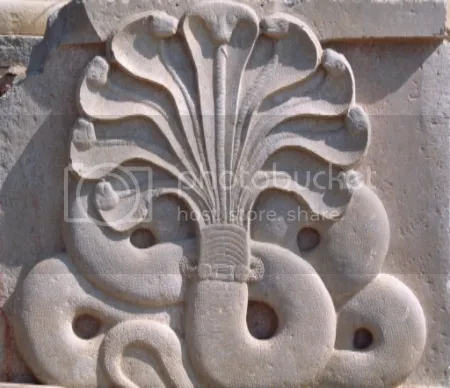
century. (Fig. LVI.a.) Photo from Christian Luczanits
Making sense of this important discovery has fallen to the site’s chief archaeologist, K. P. Poonacha, whose comprehensive official excavation report totals 659 pages. This hefty volume is handsomely laid out, with hundreds of color photographs and numerous line drawings, architectural plans, and maps. However, to fully appreciate the excavation report readers need to consult a separate study devoted solely to the inscriptions (von Hinüber and Nakanishi, 2014). Its learned authors not only added inscriptions excluded from Poonacha’s report, but also emended many of his inaccurate readings. Another invaluable resource is the hundreds of photographs taken at the site in 2000 by Christian Luczanits and posted online.
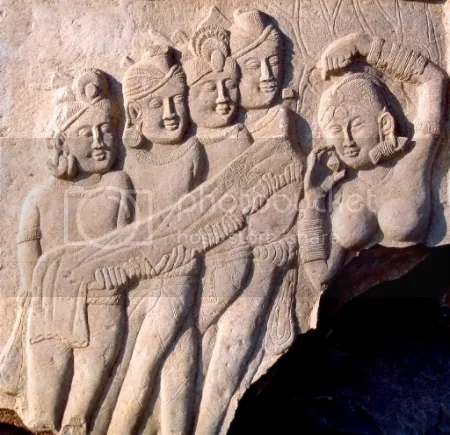
limestone, c. 1st century. (Fig. LXXXV.b.) Photo from Christian
Luczanits
The stupa at Kanaganahalli was constructed when the Satavahana dynasty (c. 1st century BCE–3rd century CE) controlled large parts of Karnataka and the neighboring state of Andhra Pradesh facing the Bay of Bengal. Belonging to the same period is the well-known Amaravati stupa in Andhra Pradesh, whose sculpture is largely divided between the British Museum and the Chennai Museum. Satavahana rule even extended for a time north into the state of Madhya Pradesh, where a royal patron contributed to the Great Stupa at Sanchi, a World Heritage Site. The Satavahana kings numbered 30 in all, according to ancient Sanskrit texts, but only 17 have been identified from inscriptions and coins. The earliest epigraph at Kanaganahalli mentions the dynasty’s first king, from the 1st century BCE, while the latest refers to the last of the royal family, from the first half of the 3rd century.
All of the epigraphs are incised on white limestone and are composed in Prakrit, a language closely akin to Sanskrit. Most are short and record gifts of the various architectural elements that comprised the stupa, such as the railing pillars or the sculpted slabs that formed the outer face of the drum and dome. Many inscriptions are dated to the regnal year of individual kings, but none of the Satavahana rulers themselves are yet known to have donated parts of the monument. The kings probably provided the land, together with an endowment for the stupa’s upkeep, but records do not survive. Donors included merchants and their wives and children, leaders of caravans, bankers, and monks and nuns.
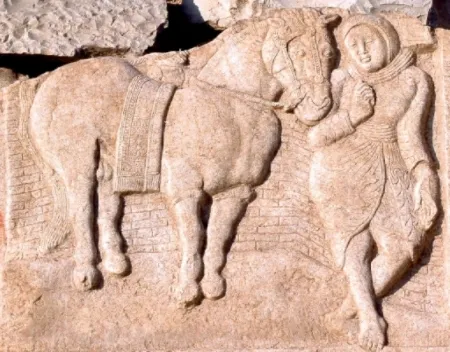
Kanaganahalli, Karnataka, limestone, c. 1st century. Photo from
Christian Luczanits
The most exciting discovery was a handful of sculpted slabs featuring depictions of kings and their entourages. Royal portraits in early Indian art are extremely rare, and there is no ready explanation why so many appear at Kanaganahalli. Each king is depicted in an idealized fashion, with no individualized characteristics. One is a unique image of the great King Ashoka (r. c. 269–c. 232 BCE) labeled “raya asoko,” which presents the king amidst his maidservants and perhaps his chief queen (p. 463). Another panel, with an identifying caption, shows the Satavahana king Pulumavi relinquishing the city of Ujjain to an opposing king from a different dynasty. Pulumavi is shown pouring water over the extended hand of the victor, a traditional ceremony for bestowing a gift. It is hard to be sure if this event between two kings really took place, but it is noteworthy that patrons felt comfortable illustrating what must have been a forfeiture of territory for the dynasty. Juxtaposed with such rare portraits are fanciful depictions of snakes, or nagas, which figure frequently in Buddhist literature.
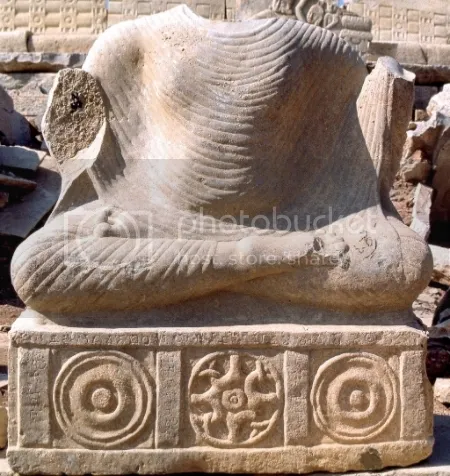
From Kanaganahalli, Karnataka, limestone, c. 1st–c. 2nd century.
(Fig. CXXVIII.a.) Photo from Christian Luczanits
Much of the sculpture tells the life of the Buddha, such as his miraculous birth, his departure from the palace for the forest with his horse and groom, and even the division of the Buddha’s bodily relics following his cremation. In all the narrative sculpture at Kanaganahalli, the Buddha is indicated only by symbols, such an empty throne or his footprints. The reasons for such aniconic depictions have been debated by scholars for nearly a century, with no convincing answers in sight. However, although only symbols were used to depict the Buddha in the narrative sculpture at Kanaganahalli, patrons and sculptors showed no such restraint in commissioning large stone images of the Buddha. Indeed, the use of symbols to depict the Buddha in narrative art was probably at this stage in the development of Buddhist art more a product of habit than a religious or philosophical proscription. A total of ten Buddha images were recovered at the site. A series of eight seated images were dedicated by a single layman, seven showing the Buddhas of this present cosmic era while the last features the Buddha of the Future. Even the sculptors’ names are included in the donor’s inscriptions.
The stories of the Buddha’s previous lives, or jatakas, were also popular here, with at least 16 represented on large slabs. That certain jatakas were chosen among hundreds of known tales proves that Buddhists had definite favorites. Some of the same jatakas appear at Sanchi and Bharhut, such as the Vessantara and Chaddanta. Most of the stories are told on one slab, but for at least three jatakas the action extends over two or more panels. The inscriptions at Kanaganahalli are silent about any affiliation with any particular Buddhist school or sect, and there is no evidence to indicate a Mahayana presence.
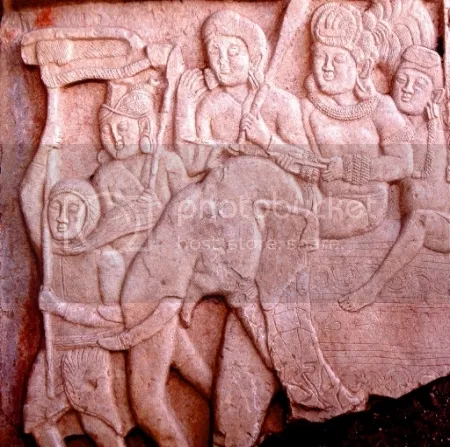
century. (Fig. LXIII.b.) Photo from Christian Luczanits
The discovery of the stupa at Kanaganahalli represents a major landmark in Indian archaeology. The site’s brilliant sculpture and its hundreds of inscriptions comprise an important chapter in the formation of early Buddhist art. The Government of India is to be congratulated on releasing such a monumental and comprehensive publication.
Excavations at Kanaganahalli (Sannati, Dist. Gulbarga, Karnataka), Memoirs series, no. 106; Archaeological Survey of India, no. 106, by K. P. Poonacha, was published by the Achaeological Survey of India, New Delhi, in 2013.
References
von Hinüber, Oskar, and Maiko Nakanishi. 2014. Kanaganahalli Inscriptions. Annual Report of the The International Research Institute for Advanced Buddhology at Soka University for the Academic Year 2013. Tokyo: The International Research Institute for Advanced Buddhology, Soka University.
See more
Homepage of Christian Luczanits
After receiving his PhD in Indian art from the University of California, Berkeley, Donald M. Stadtner was for many years an associate professor at the University of Texas, Austin. He is the author of Ancient Pagan (2005) and Sacred Sites of Burma (2011), and co-author of Buddhist Art of Myanmar, An Exhibition Catalogue, Asia Society, New York (2015). He divides his time between the San Francisco Bay Area and research trips to Southeast Asia and India.



